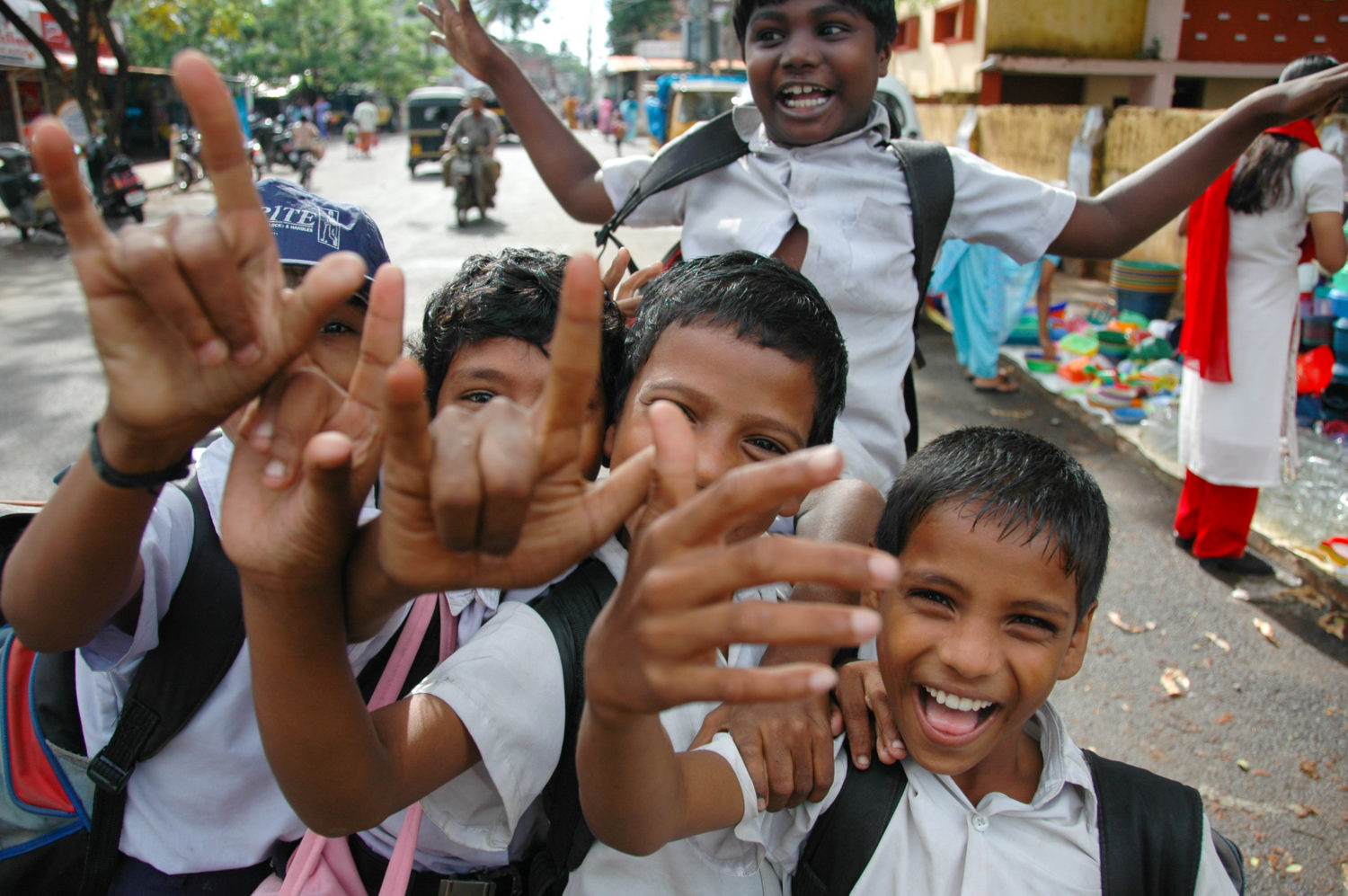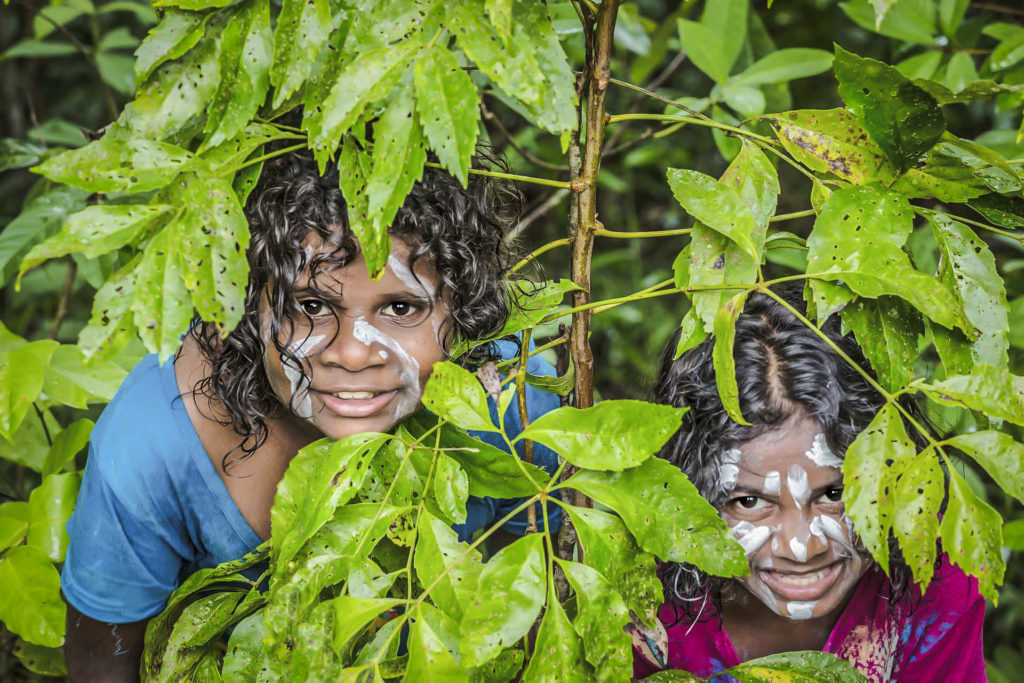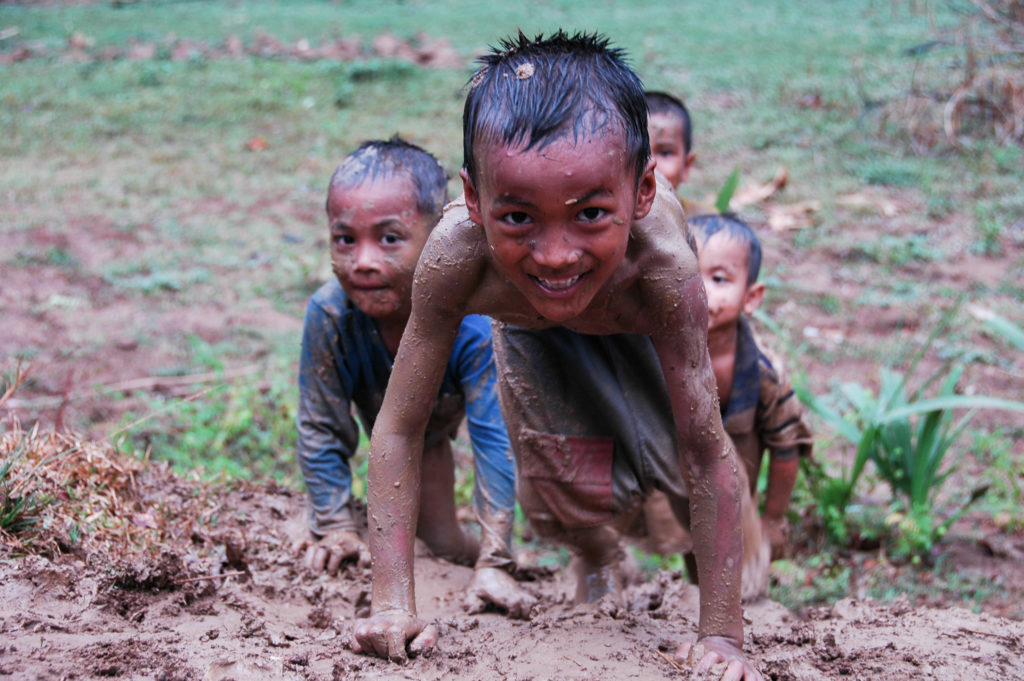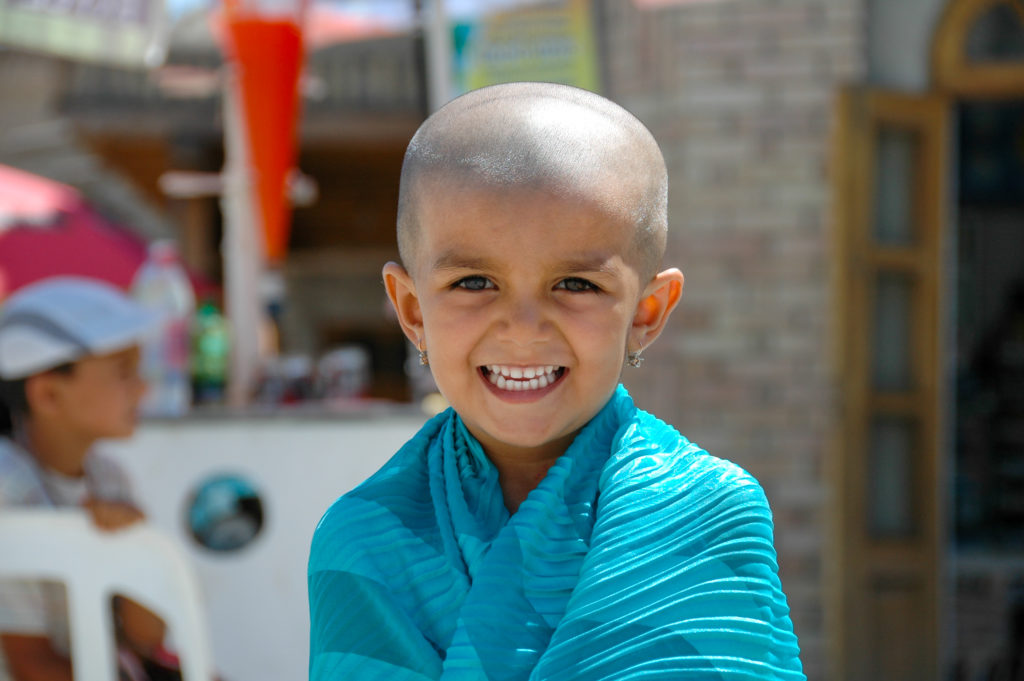Q&A – Child Welfare and the Travel Industry Guidelines with Audrey Scott & Daniel Noll
Audrey Scott & Daniel Noll are helping to raise awareness about how travelers can interact responsibly with local children, with a G Adventures-led initiative to develop Child Welfare and the Travel Industry Guidelines.
Daniel Noll and Audrey Scott are the husband-and-wife storytelling team behind Uncornered Market (and G Adventures Wanderers), recognized as Best Responsible Tourism Blog at WTM. Their ethos and work speak to travel as a force for good —the idea that responsible travel can benefit both travelers and the communities they visit.
Who created the Child Welfare Guidelines?
G Adventures and the Planeterra Foundation, together with Friends-International ChildSafe Movement, developed the Child Welfare and the Travel Industry Guidelines. In addition, child welfare experts from international organizations and NGOs contributed to and vetted the guidelines.
These guidelines are intended for use by any travel company that sells or operates tours or activities that may involve interaction or activities with local children. They are deliberately available for free so that any company, no matter how small, can have access to them. They help to review their operations and ensure that they are doing everything they can to secure the protection of local children where they operate. While the guidelines are geared towards travel companies, we also found them useful as travelers to raise our awareness of child welfare issues and re-examine our own assumptions and behaviors.
Why are these guidelines needed? Which problems are they solving?
Discussions of child welfare in travel often are connected to sexual abuse or trafficking. Sadly, this is still a reality in many places. However, throughout our travels we’ve realized that there are many other “ordinary” situations involving encounters with local children – for example, begging, school visits, photography, etc. Sometimes, the actions travel companies and travelers believe are “helping” may actually carry unintended negative consequences for those same children.
The intention of these guidelines is not to prevent any interaction between travelers and local children during trips. Instead, it’s to try and ensure that travel activities don’t disrupt a child’s education or endanger his well-being. For example, ensuring shared photographs don’t endanger a child by sharing his/her exact location. And, through greater awareness from travelers about child welfare issues, the aim is to direct activities and money towards organizations and projects that support children.
What do the guidelines contain?
The Child Welfare for the Travel Industry Guidelines contain practical advice and examples for travel companies to be able to audit their operations and activities. This includes developing a child welfare procedure and policy, assessing tour activities and services to ensure optimized impact on local children, ensuring that current Corporate Social Responsibility (CSR) initiatives enforce child welfare, and sharing tips on how to implement it all in an organization.
This means that the sections are divided into “Key Actions” and “Implementation Tips” in order to make the guidelines as practical and accessible as possible. There are seven tips for initial implementation, which includes steps such as performing an audit of all marketing collateral to ensure that images of children are respectful and not endangering. Furthermore reviewing itineraries and removing activities such as orphanage or school visits that may do unintended harm and disrupt the educational process.
How can travelers support children in need and engage responsibly while traveling?
Although it is often quite difficult to say “no” when traveling in areas with a lot of poverty, it is better not to give money, gifts, candies, or other items to children who are begging. In addition, avoid buying from child vendors, especially during school hours. One of the reasons for this is that if children earn more money begging or selling, their parents are less likely to send them to school. So, trying to “help” may discourage education. Instead, contribute to reputable local organizations that support children’s education, health and well-being.
When photographing children, do not share the location or the identity of the child on social media. Sadly, traffickers and abusers can take advantage of this. Also, get permission from the child (or the parent if he/she is young) for the photograph. It’s better to take photographs of a children in a group or with the parents or family.
How will these guidelines be distributed within the industry?
These guidelines are already available for free on the G Adventures website. Travel companies can use them to review and audit their own operations and organizational procedures. G Adventures is in the process of becoming ChildSafe Certified, which includes full implementation of the guideline, including child welfare training for all guides and employees. Other travel companies can also work with ChildSafe for similar certification.
In addition, making travelers more aware of child welfare issues before and during a trip is another important step in this process. Later this year G Adventures will undertake a traveler-oriented communication campaign to try and raise awareness of actions and behaviors that may unintentionally harm children during travels. In addition, tour materials and orientations will include a section on child welfare to further increase their passengers’ awareness of these issues.
Thanks to Audrey and Daniel for the Q&A.
👉 Read the Child Welfare and the Travel Industry Guidelines.
Follow Audrey & Daniel on Travel Massive to connect in our community.
👋 This article is archived. Take a look at our new website.



